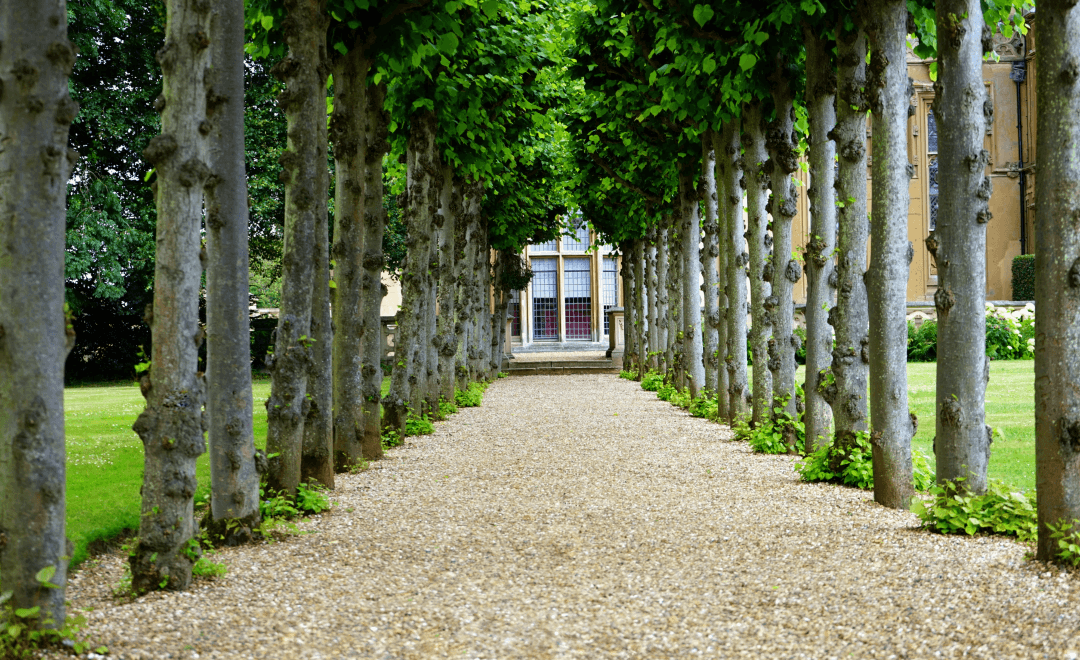When you have a landscaping project – big or small, residential or commercial – you need to hire the right person for the job. Otherwise the work you expected might not be what you end up with.
But do you know the difference?
To find which you need, let’s explore the difference between landscape architecture vs. landscape design.
What is Landscape Architecture?
According to Merriam-Webster, a landscape architect is defined as,
a person who develops land for human use and enjoyment through effective placement of structures, vehicular and pedestrian ways, and plantings.
Their work can be challenging as they must be knowledgeable in how to work with things like steep slopes, irrigation systems, outdoor structures, and varied elevations.
According to the ASLA,
“Landscape architects analyze, plan, design, manage, and nurture the built and natural environments,”
creating quality of life through the creation of public outdoor spaces including parks, streetscapes, campuses, commercial centers, waterfronts, trails, and more.
These projects are normally large in scope and involve several layers of complexity, however, homeowners should employ a landscape architect when adding a permanent outdoor feature to their yard.

Requirements of Landscape Architects:
College Degree
Landscape architects are required to obtain a Bachelor’s and/or a Master’s degree in landscape architecture, generally from a college or university offering a program accredited by the American Society of Landscape Architects (ASLA).
Pass the Exam
They must also pass the exams to be licensed by the state in which they practice. Landscape architecture is one of only a handful of professions requiring licensure in all 50 states and the District of Columbia.
What is Landscape Design?
Landscape design on the other hand is,
“An independent professional and a design and arts tradition combining nature and culture. It focuses on the integrated master landscape planning of a property and the specific garden design of the landscape elements and plants within it.”
This can include both softscape (plants) and hardscape design, seasonal changes, and maintenance planning.
A landscape designer is not required to have a formal degree in landscape architecture, although some do.
And they are not required to pass the ASLA board exam or be regulated by the Commonwealth of Virginia. Often, a landscape designer has learned on the job or through local courses in horticulture or landscape design, and has a portfolio of work to show of how they combine arrangements and varieties of plants to create a garden personality.
Landscape Architecture vs. Landscape Design
In a nutshell, the biggest differences of landscape architecture vs. landscape design are:
- Licensing requirements
- Larger, more public projects vs. smaller, more residential projects
- Complex vs. simple projects
Contact J. Duggan & Associates
From simple on-site consultation to design to construction management, rely on J. Duggan & Associates, P.C. to create the beautiful and functional landscape you desire.
To learn more about our residential, commercial, and federal landscape architecture services, contact us today.


Recent Comments